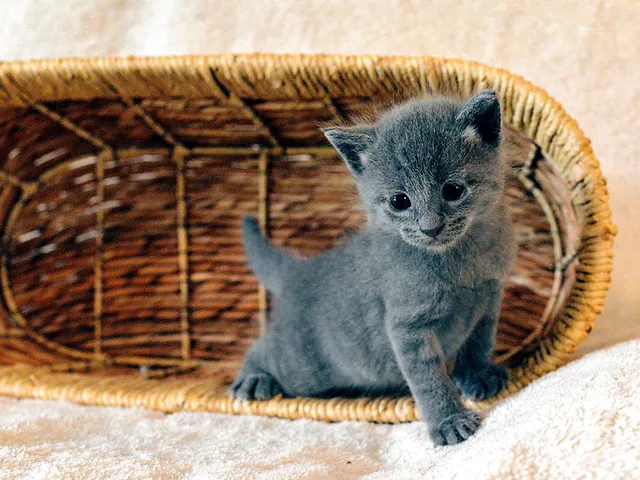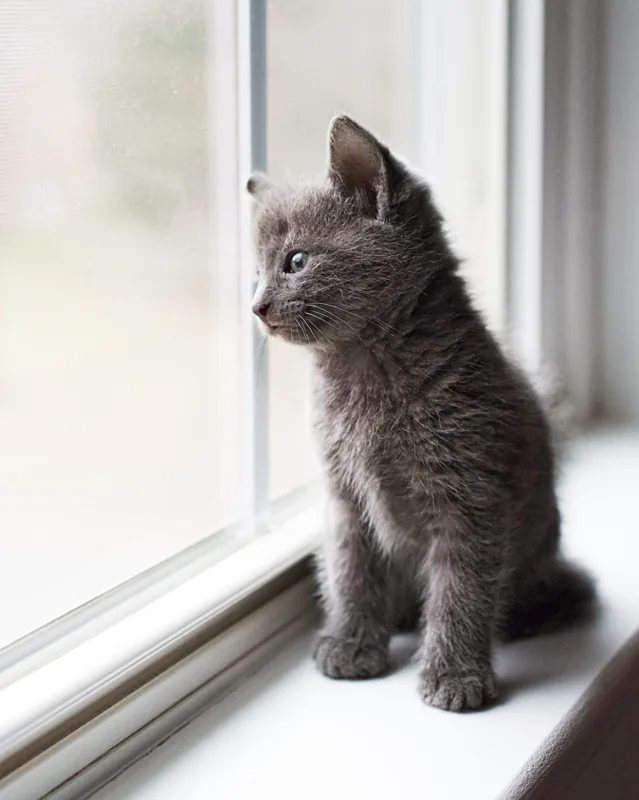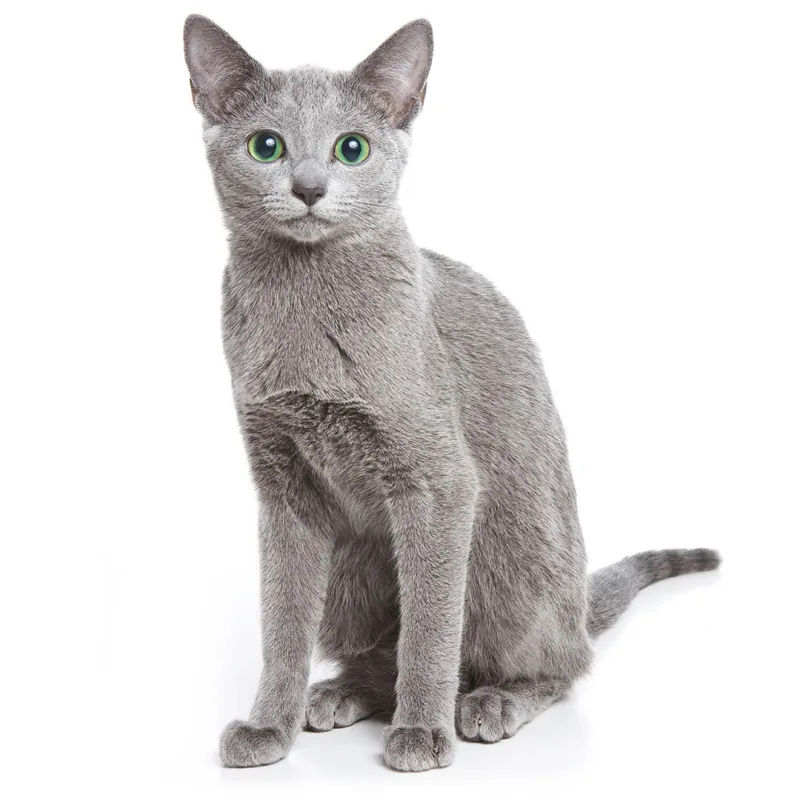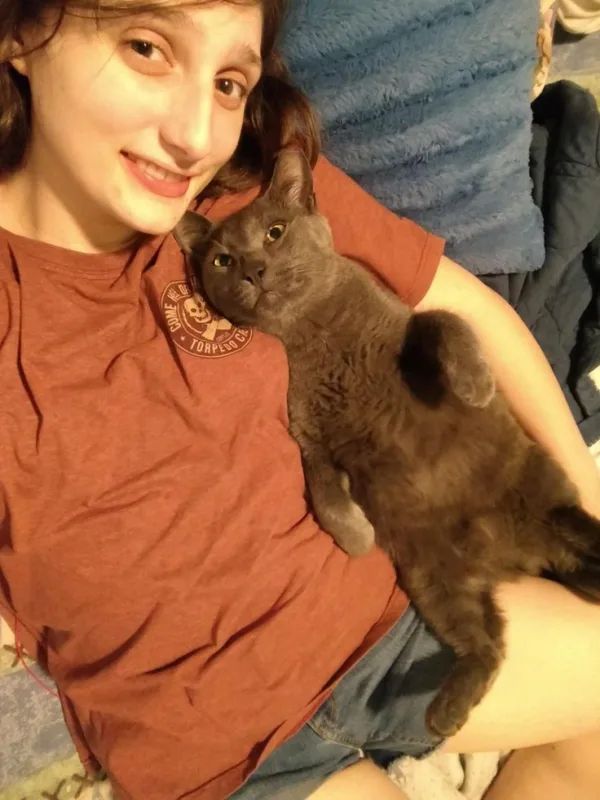Diet and Nutrition
A balanced diet is essential for maintaining the health of your Russian Blue cat. Wet food is a good option as it can help prevent urinary tract problems, which the breed is prone to. Make sure to feed your cat high-quality food that is specifically formulated for their age and gender. Avoid feeding them table scraps or human food as this can lead to digestive issues and obesity.
Grooming
Russian Blue cats have short, dense coat that requires minimal grooming. They do shed, so brushing them once a week can help reduce the amount of hair around your home. It’s also important to keep their claws trimmed and teeth clean to prevent dental issues.
Veterinary Care
Regular veterinary check-ups are crucial to detect any health issues early on. Russian Blues are generally healthy cats, but they can be prone to certain conditions such as urinary tract problems and hypertrophic cardiomyopathy. Make sure to keep up with their vaccinations, deworming, and flea treatments.
By following these tips, you can ensure your Russian Blue cat lives a long and healthy life. Remember to provide them with lots of love and attention, as they are an intelligent breed that thrives on human interaction.
Diet Plan
A healthy diet is crucial for your cat’s overall well-being. Here are some tips for providing a healthy diet for your cat.
- Quality Food:
Choose high-quality cat food that is made with real meat and no artificial preservatives. Look for cat food that meets the nutritional requirements of your cat’s life stage.
- Portion Control:
Overfeeding your cat can lead to obesity, which can cause health problems. Measure your cat’s food and provide appropriate portion sizes.
- Hydration:
Cats require adequate hydration to maintain their health. Provide your cat with fresh, clean water at all times.
Play Time
Playtime is essential for your cat’s mental and physical well-being. Here are some tips for providing your cat with playtime.
- Interactive Toys:
Choose toys that your cat can interact with, such as feather wands or balls.
- Set Aside Playtime:
Set aside time each day to play with your cat. This will help strengthen your bond and keep your cat mentally stimulated.
- Provide Vertical Space:
Cats love to climb and jump. Provide your cat with vertical space, such as cat trees or shelves,
Hygiene
Proper hygiene is crucial for keeping your cat healthy and happy. Here are some tips for maintaining good hygiene for your cat.
- Grooming:
Regular grooming is essential for keeping your cat’s coat healthy and free of mats and tangles. Brush your cat’s fur regularly to remove loose hair and prevent hairballs.
- Bathing:
Cats generally don’t need baths, but if your cat gets into something dirty, a bath may be necessary. Use a cat-specific shampoo and warm water to bathe your cat.
Litter Training
Litter training is essential for cat owners. Here are some tips for litter training your cat.
- Choose the Right Litter:
Choose a litter that your cat likes and is easy for you to clean.
- Provide Multiple Litter Boxes:
Provide multiple litter boxes in different areas of your home. This will give your cat options and reduce accidents.
- Positive Reinforcement:
Reward your cat when they use the litter box correctly. This will reinforce good behavior and make them more likely to use the litter box in the future.




